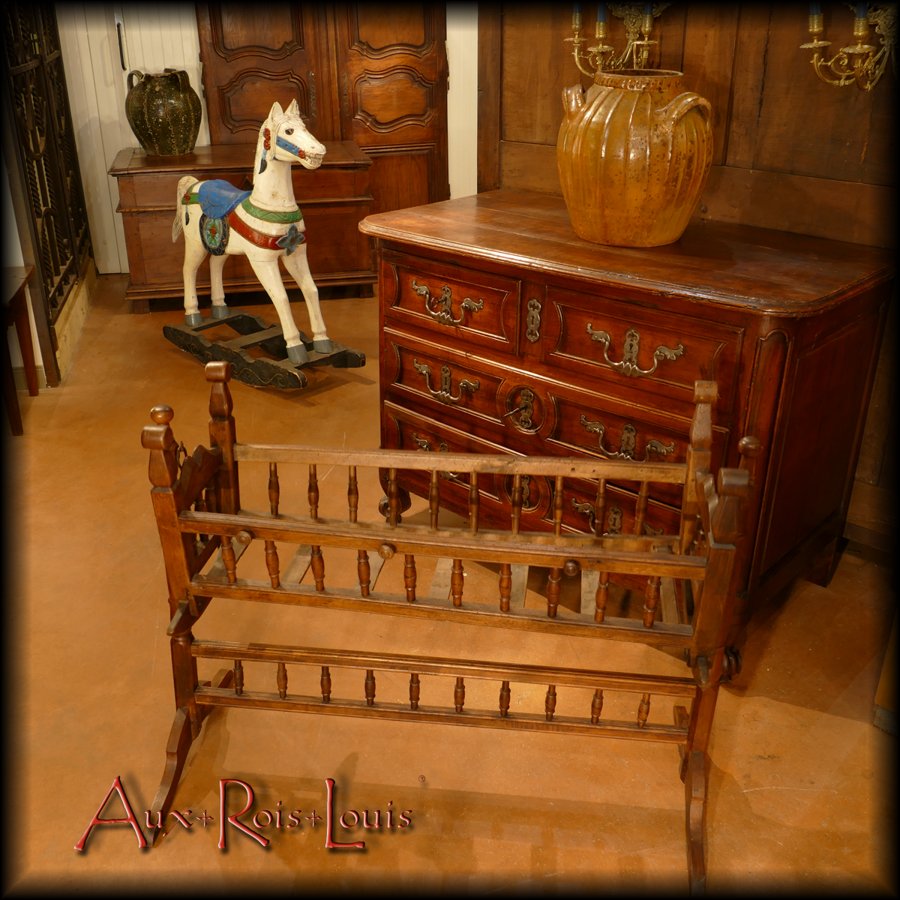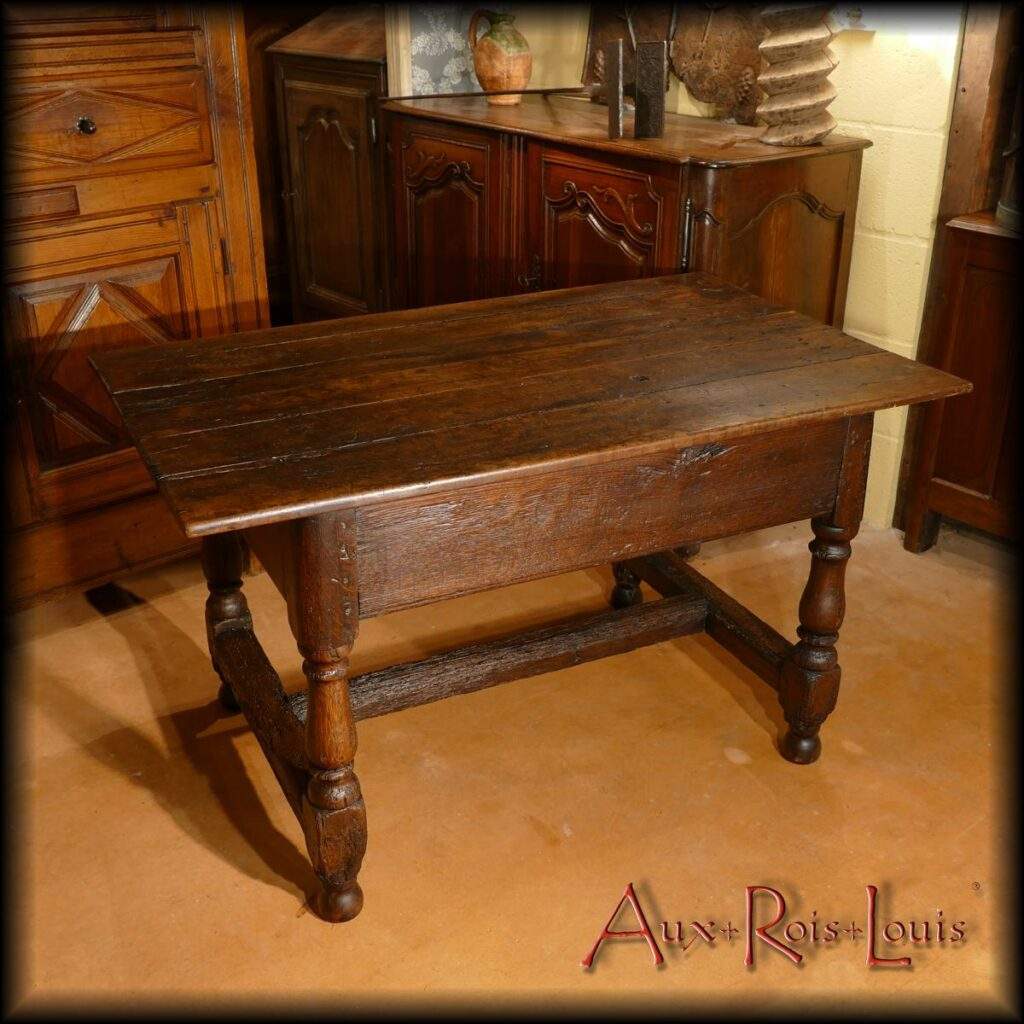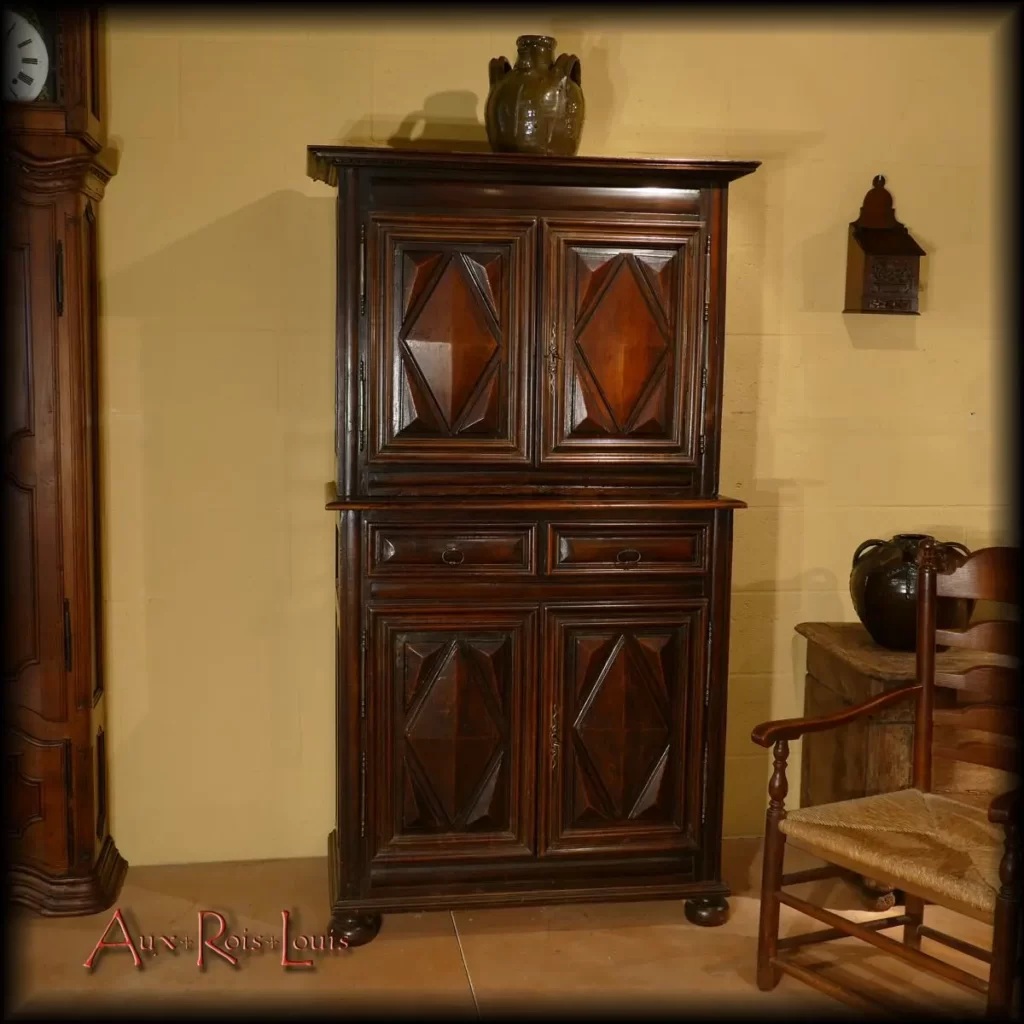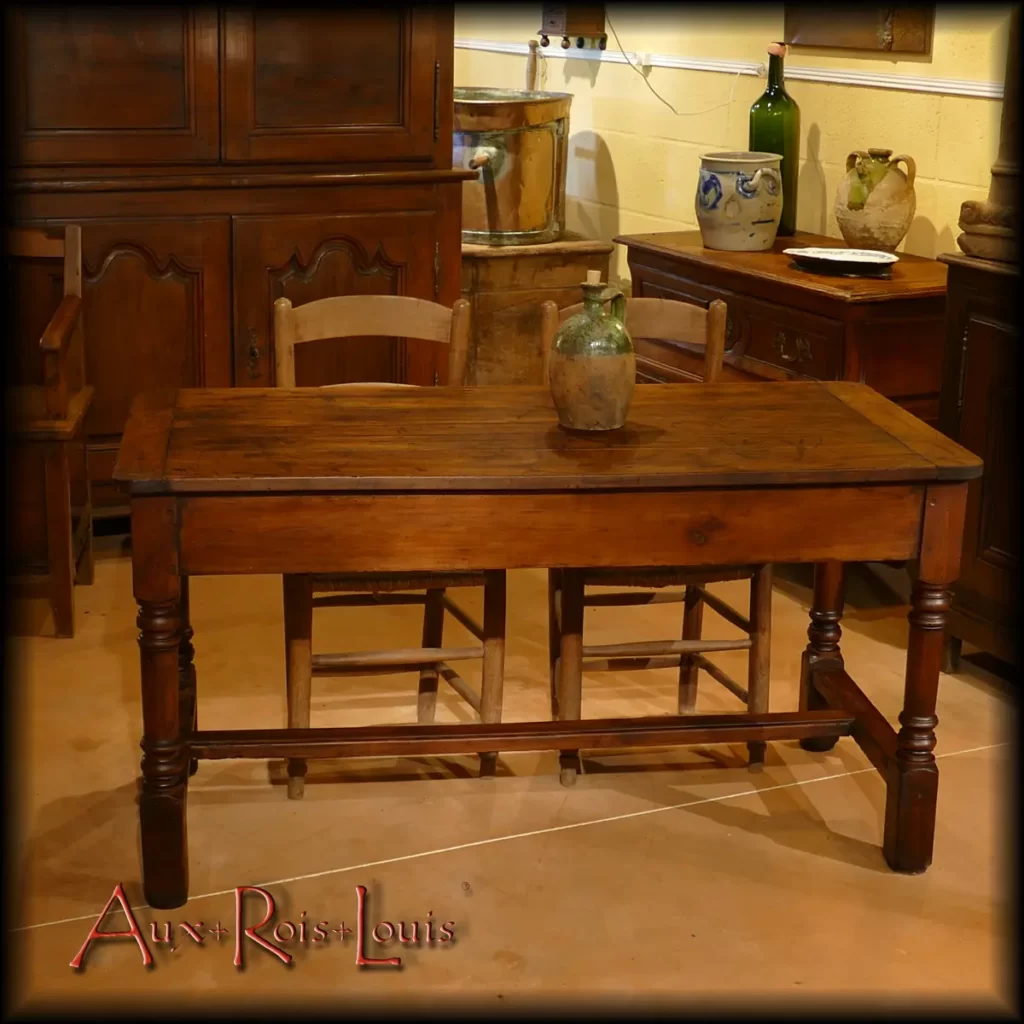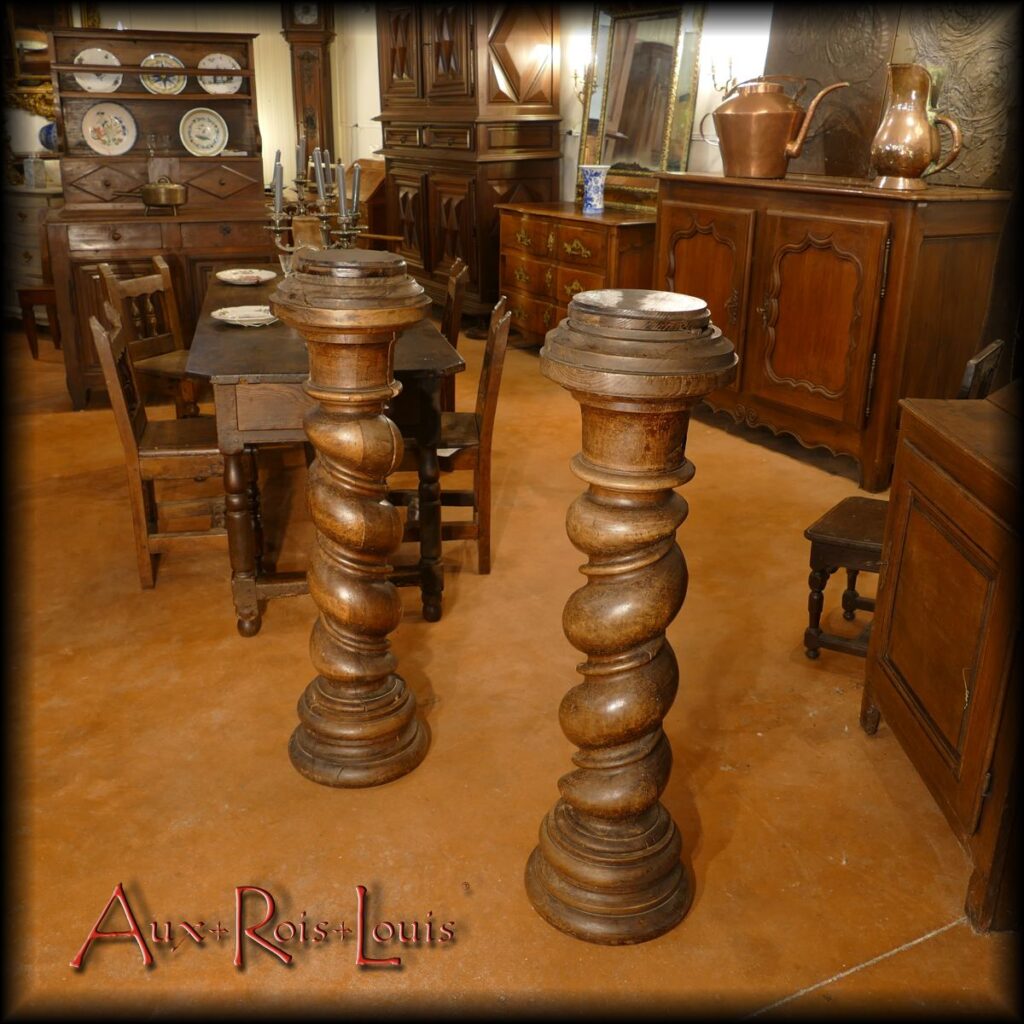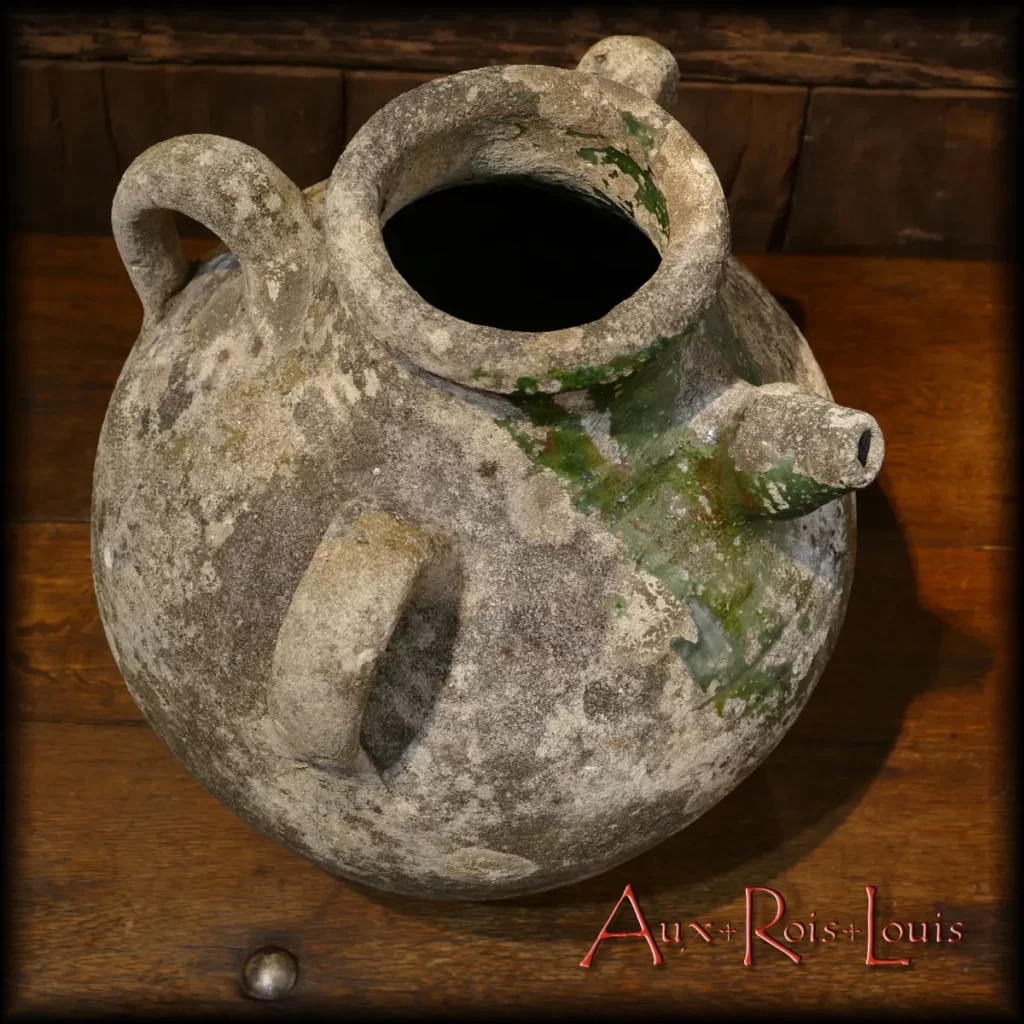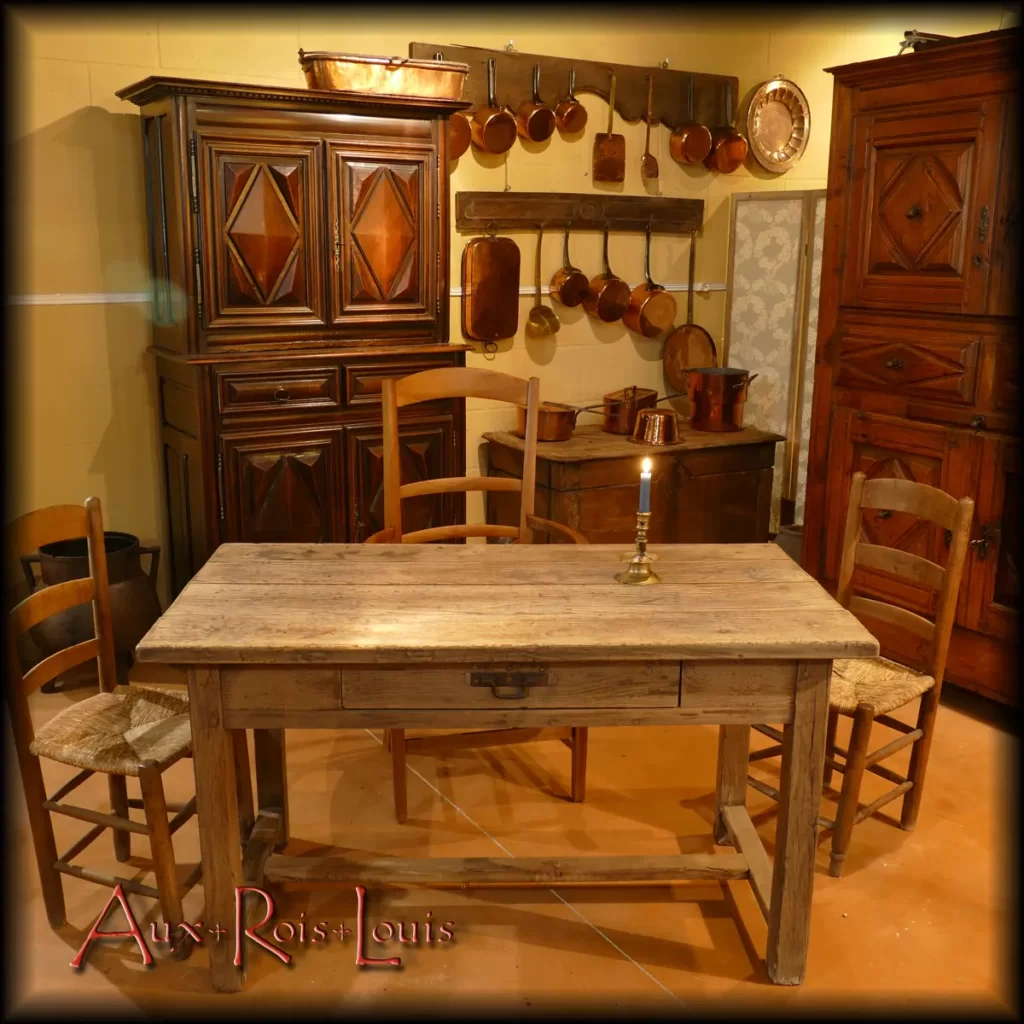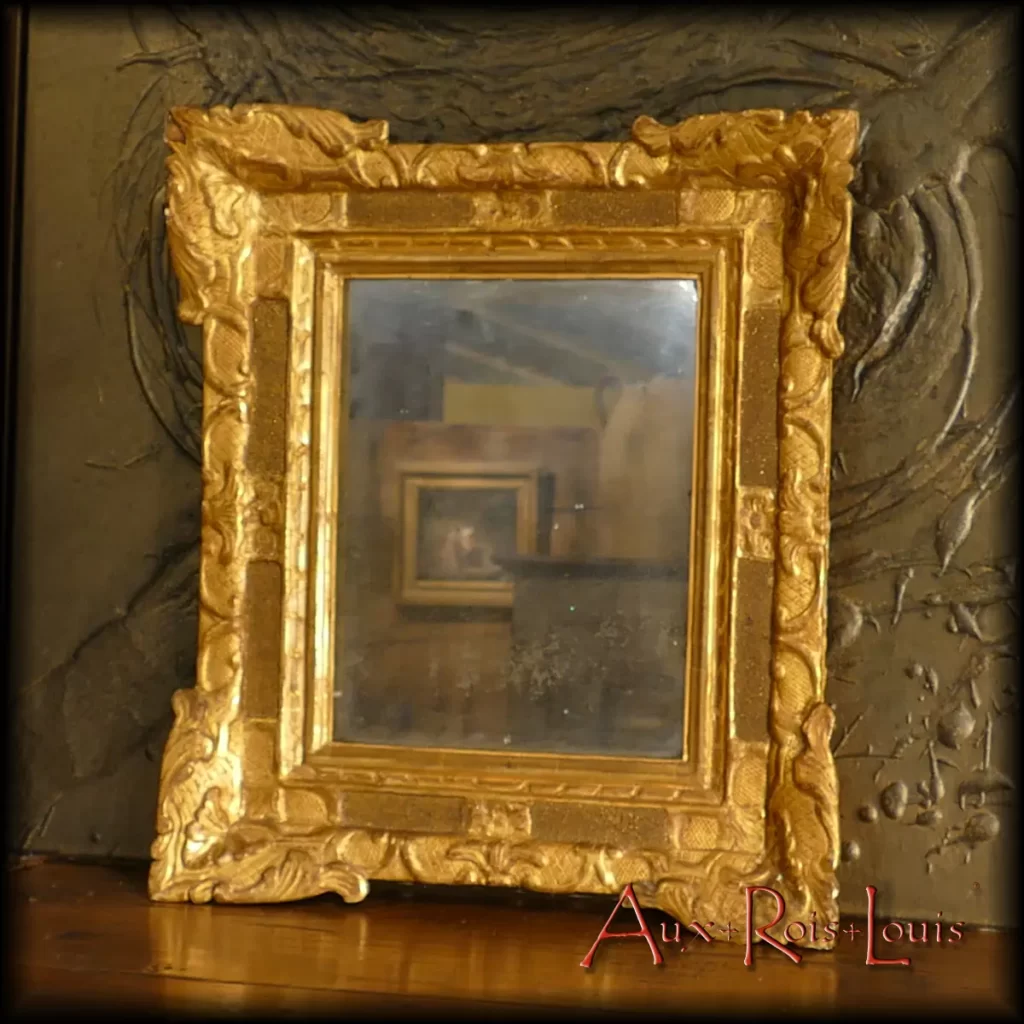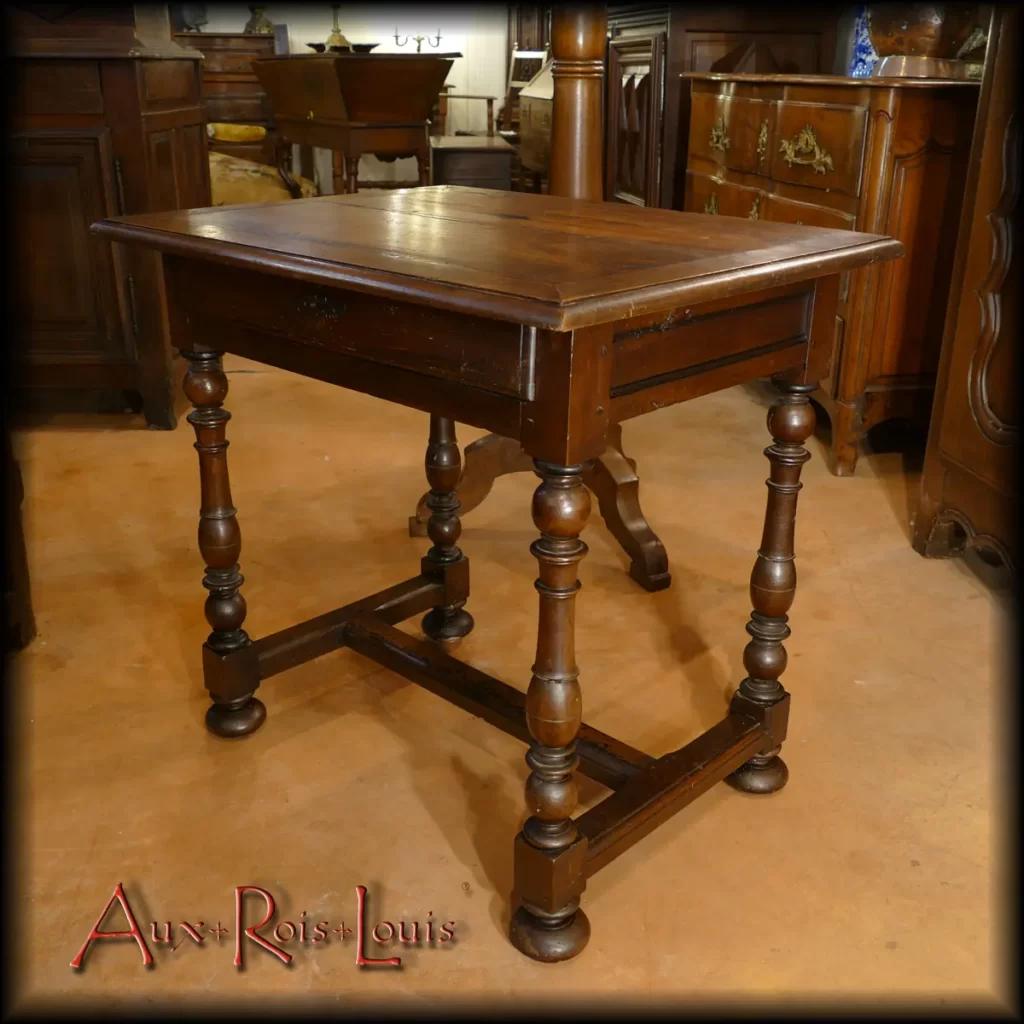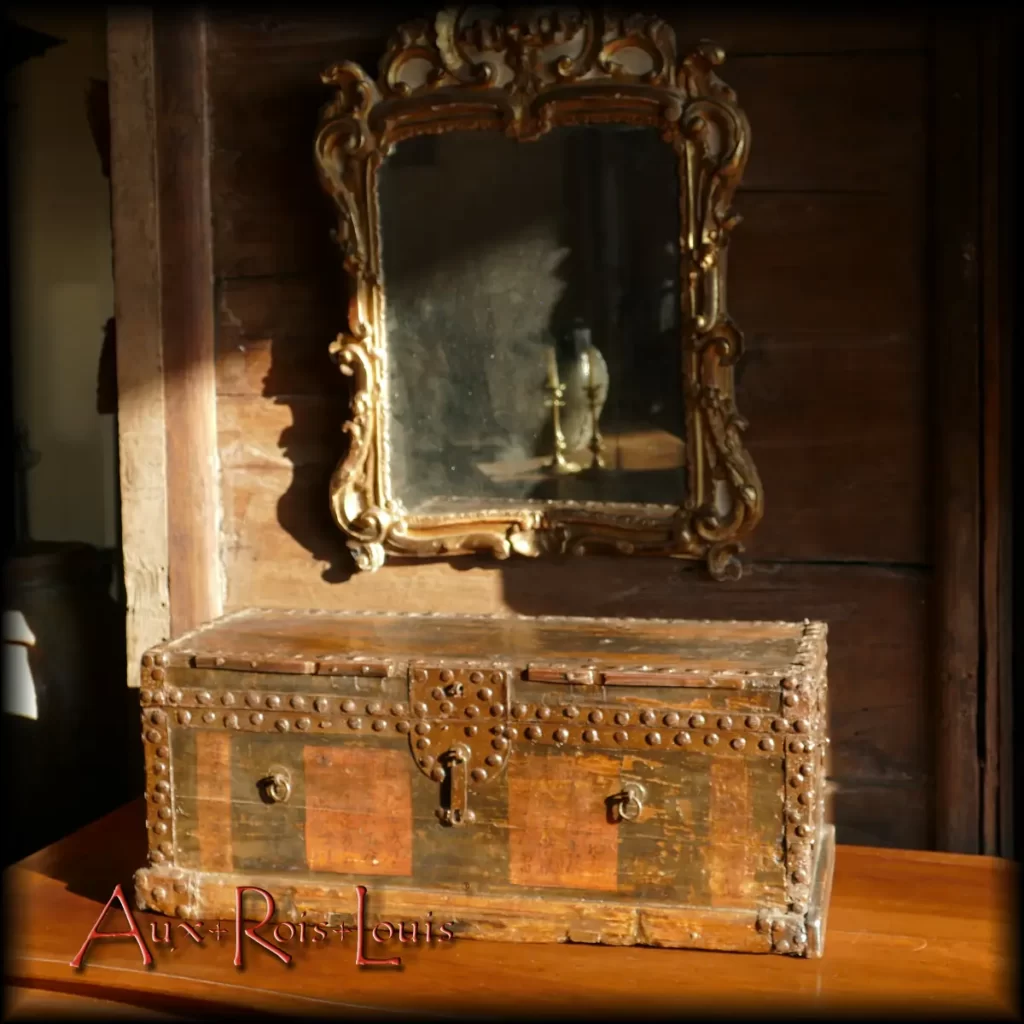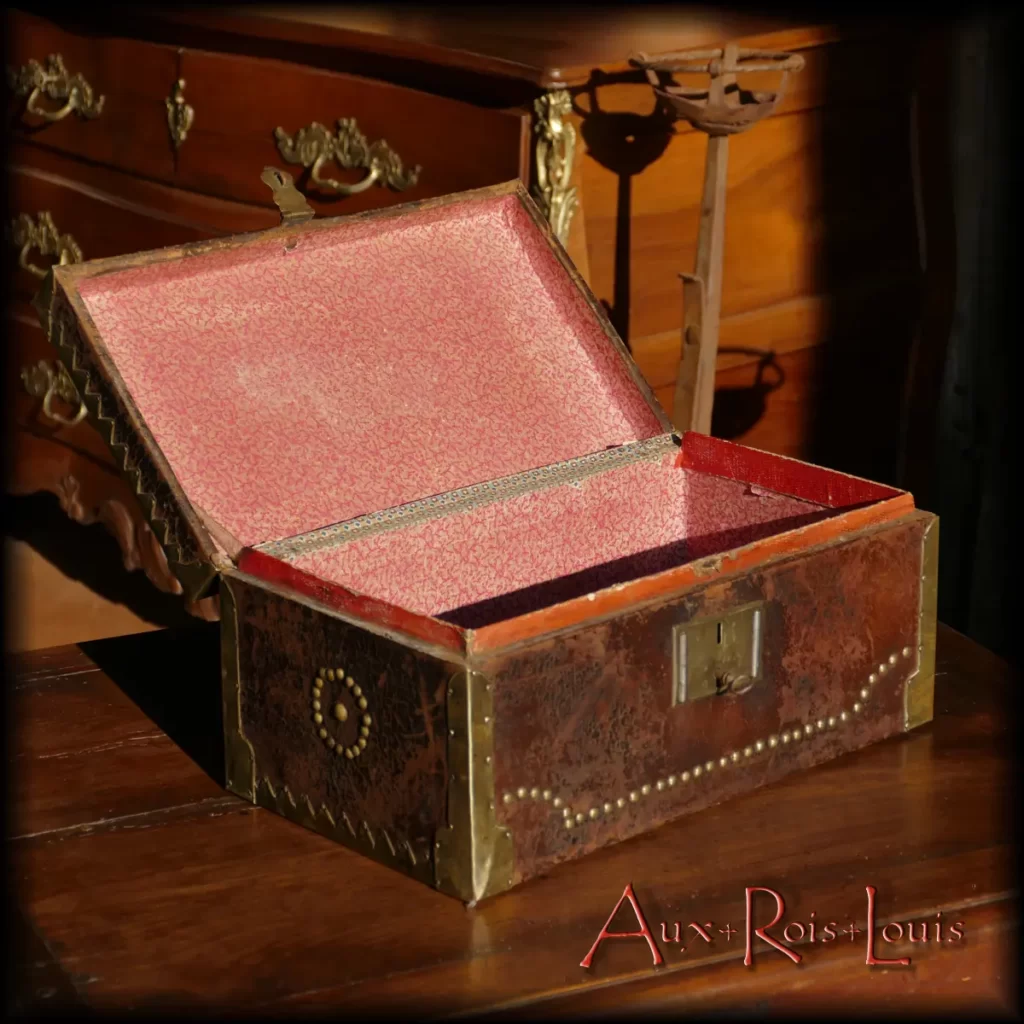
Small walnut sideboard – Louis XIV – 17ᵗʰ century – Périgord
Fashioned in the 17ᵗʰ century in beautiful walnut planks, the noble wood of the time cultivated in the illustrious walnut groves of Périgord, this sideboard immediately surprises with its completely unusual cozy dimensions.
At the time, in fact, an outward sign of social success in the midst of the nobility and the bourgeoisie, sideboards was by nature of imposing size, precisely for the pageantry.
Since chest of drawers did not yet exist, one can imagine that this small sideboard was ordered for the bedroom of a Lady, so that she could safely store her personal effects and her refined toiletries, composed of delicate silks enriched with delicate lace. This would explain the quality of finish of the surfaces, perfectly smooth on the outside as well as on the inside, meticulously dissipating any risk of roughness under the fingers.
In terms of assembly, we can note that the doors are all as neat in their manufacture as the body of the furniture itself. They benefit from a paneling with double projecting table, the second table softened by rounded contours.
The top is set with a double molding, one on the top, the other on the bottom.
Everything expresses the desire to eliminate any offensive or rude aspect to make this Lady’s sideboard a precious and distinguished setting.
Référence : [ME069]
Dimensions
Width: 114 cm, height: 84 cm and depth: 54 cm.
Price on demand.

![Small walnut sideboard – Louis XIV – 17ᵗʰ century – Périgord – [ME069]](https://www.aux-rois-louis.com/wp-content/uploads/2021/12/ME069_P1650574x900-900x450.jpg)
![ME069_573 Small walnut sideboard – Louis XIV – 17ᵗʰ century – Périgord – [ME069]](https://www.aux-rois-louis.com/wp-content/uploads/2021/12/ME069_573.jpg)
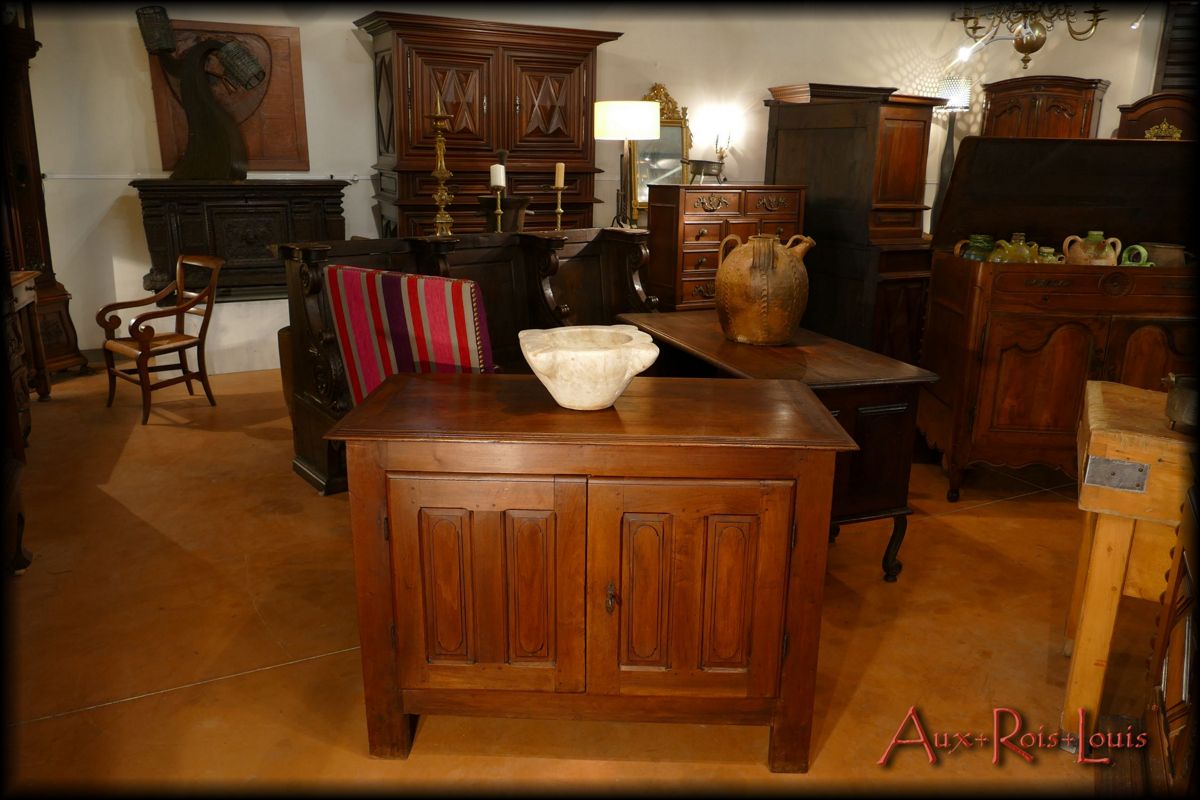
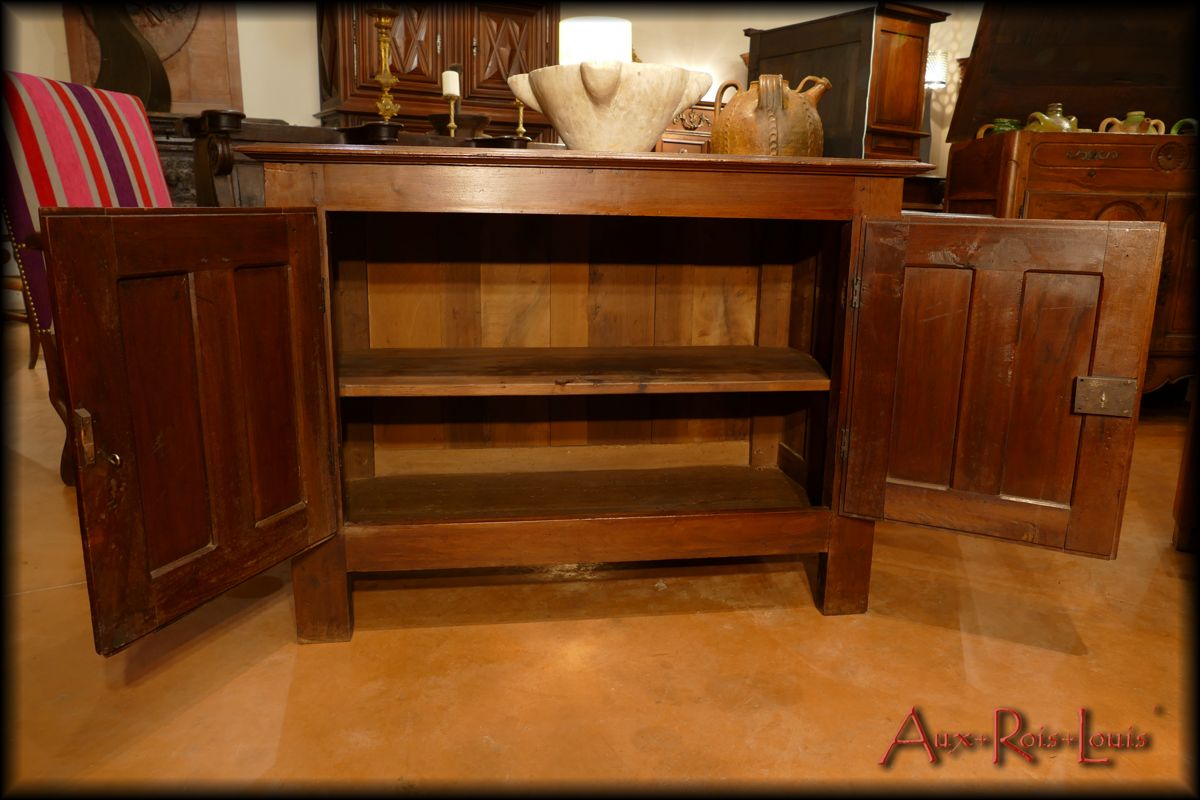
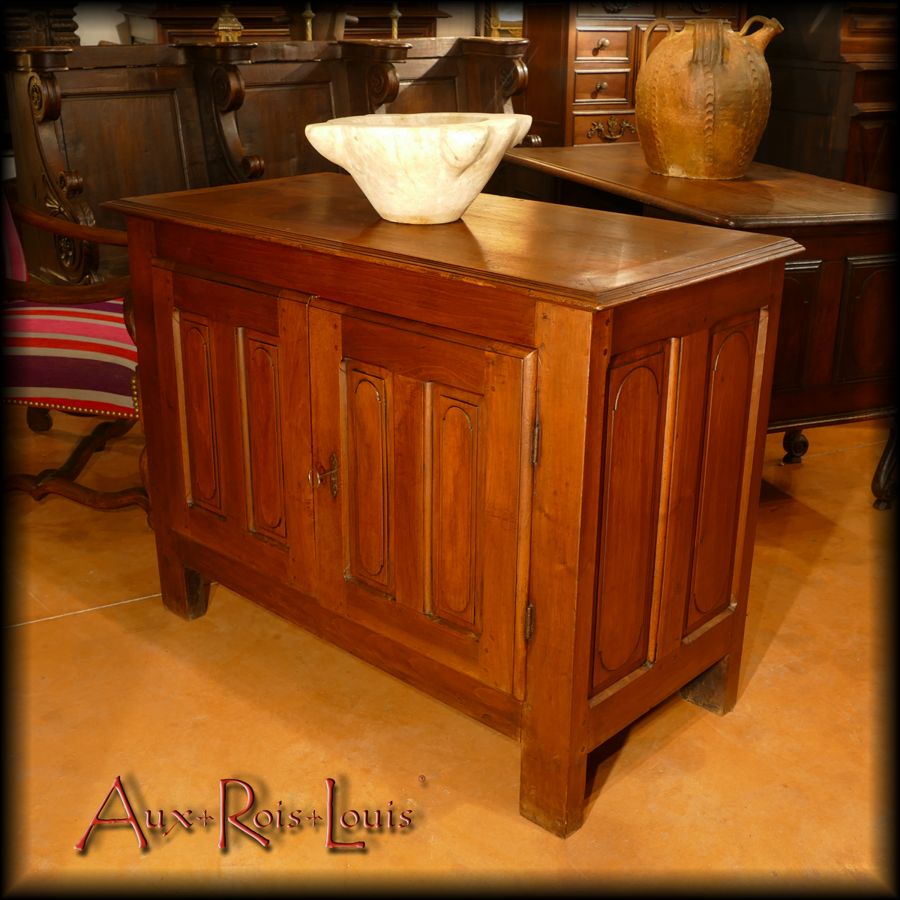
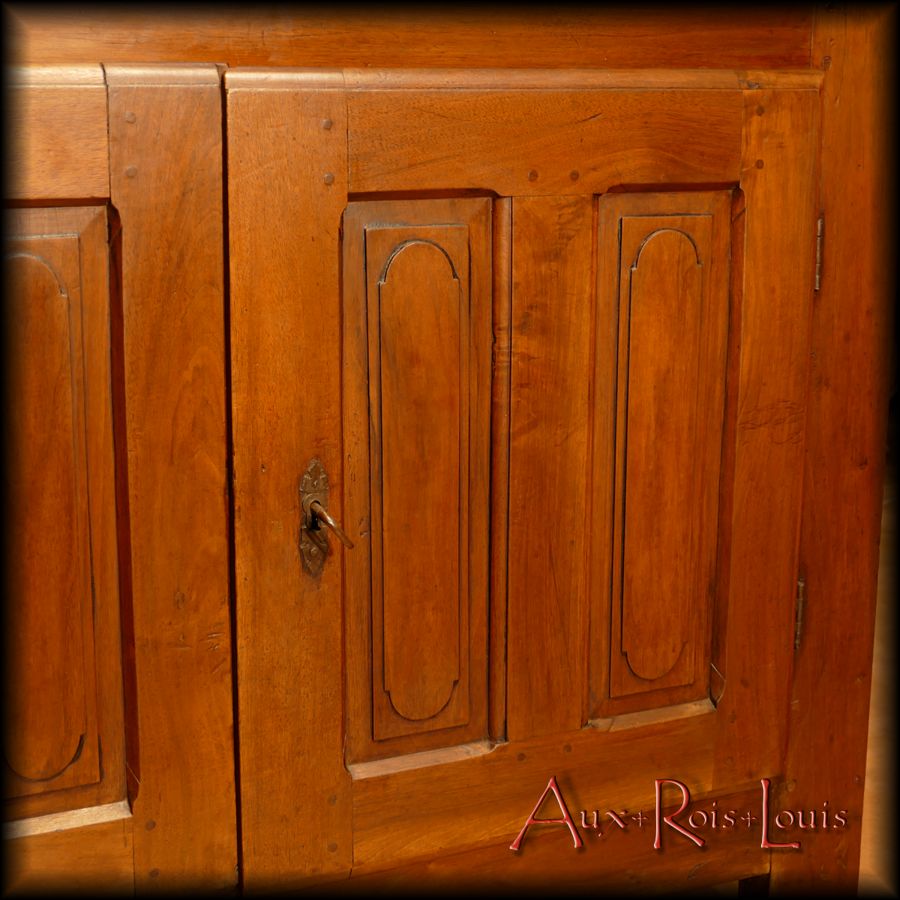

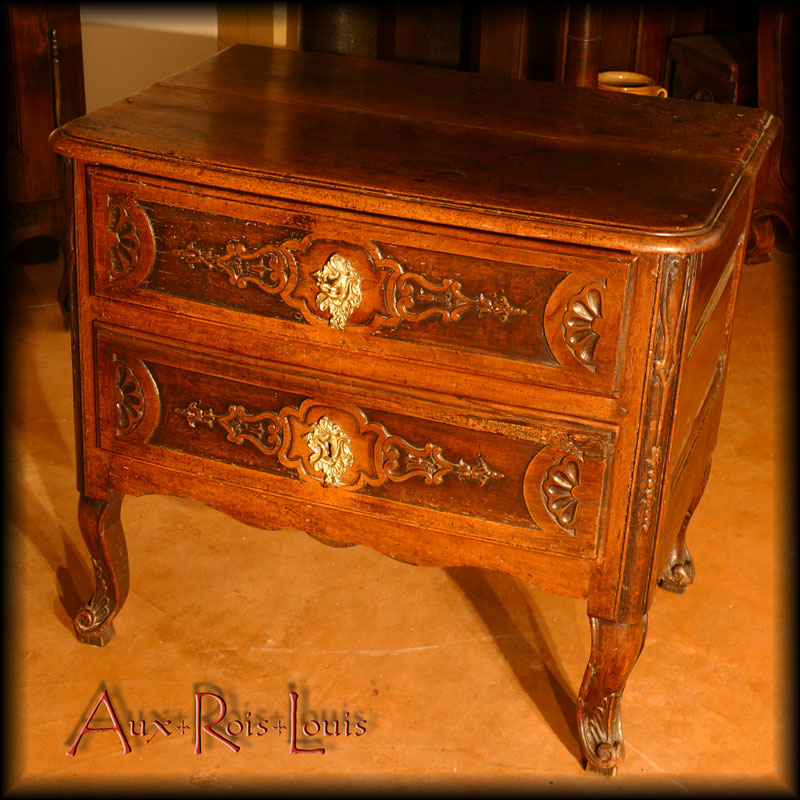
![Oval walnut cellar table – 18ᵗʰ century – Lot – [MP017]](https://www.aux-rois-louis.com/wp-content/uploads/2021/02/MP017_P1600257.jpg)
![Vaisselier dresser-drainer in cherrywood – 19ᵗʰ century – South West – [MP019]](https://www.aux-rois-louis.com/wp-content/uploads/2021/04/MP019_P1600496.jpg)
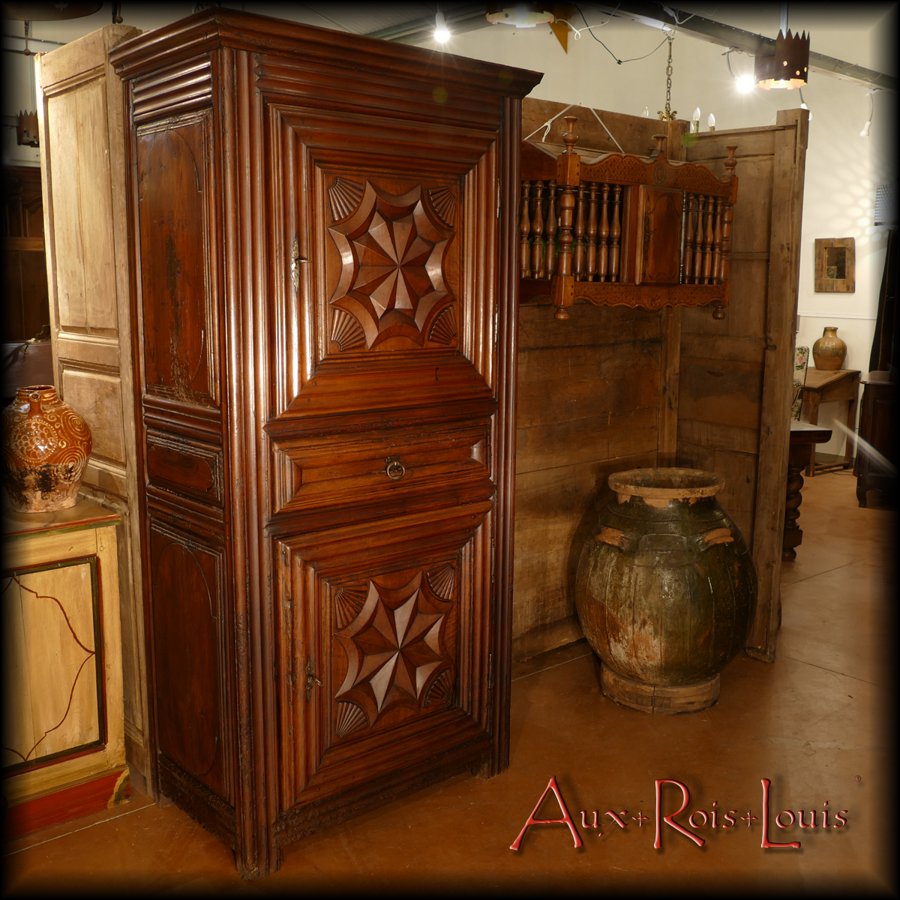
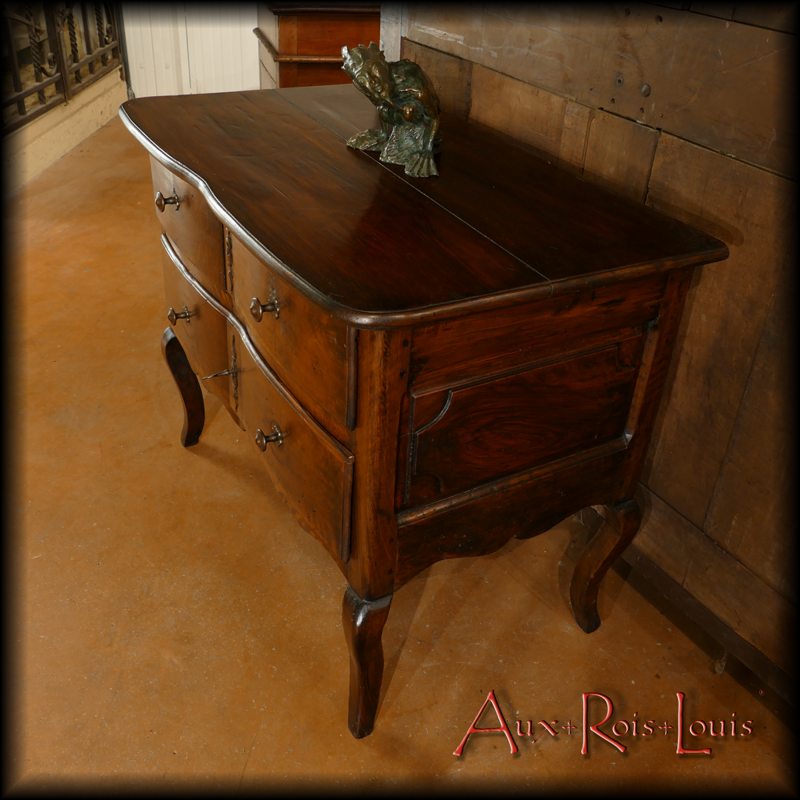
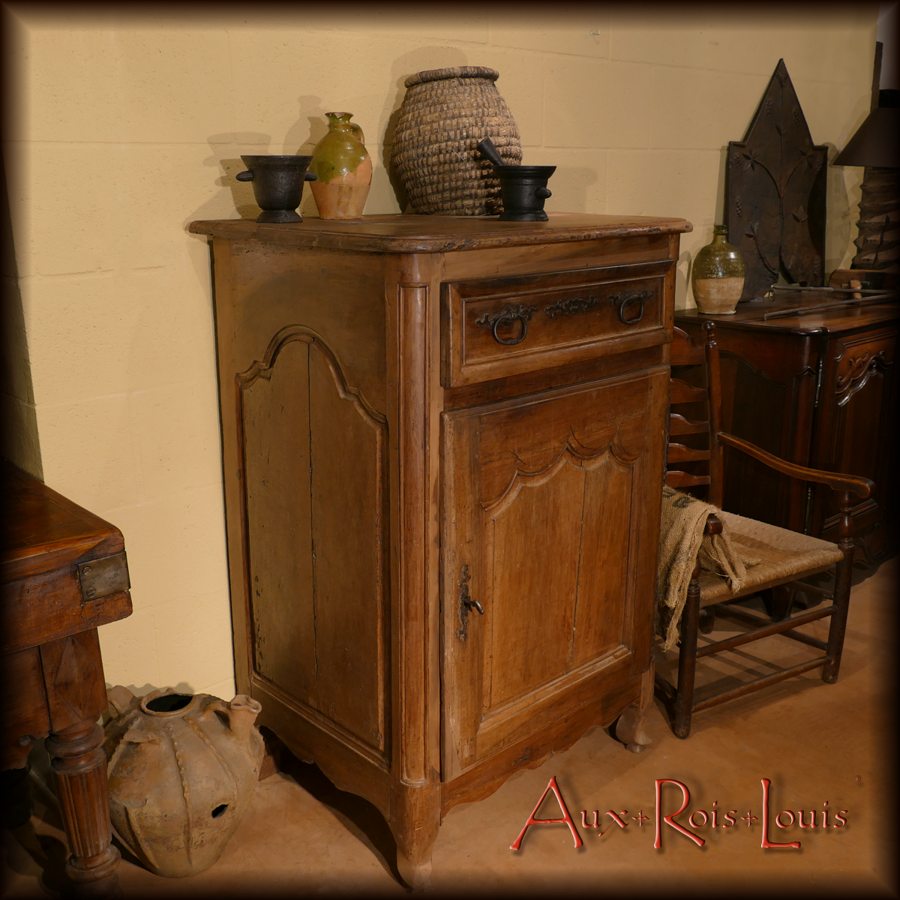
![Walnut sideboard with scallop shell – Louis XV – 18th century – Lot Valley – [ME067]](https://www.aux-rois-louis.com/wp-content/uploads/2021/11/ME067_144.jpg)
![Walnut storage cabinet – 18ᵗʰ century – France – [ME066]](https://www.aux-rois-louis.com/wp-content/uploads/2021/11/ME066_P1650134x900.jpg)
